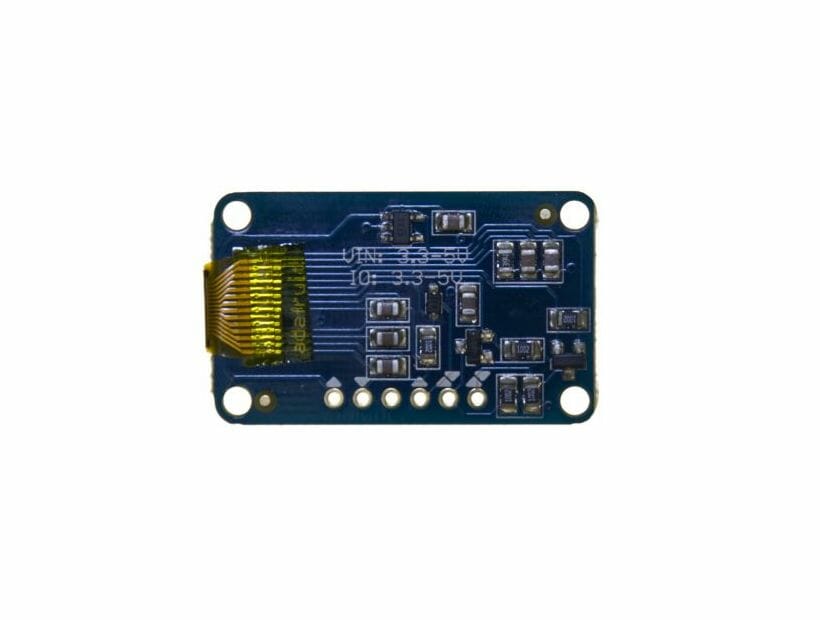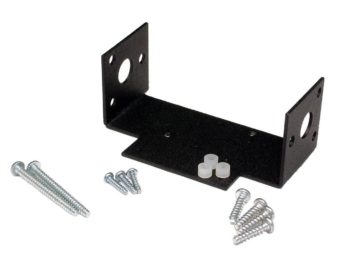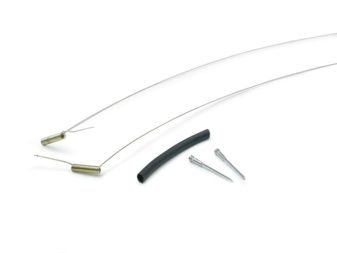Adafruit Monochrome 128x32 I2C OLED graphic display
USD $17.50
These are tiny, sharp, and most impressive OLED monochrome displays! Just about 1" diagonal, made of 128x32 individual white OLED pixels, each one is turned on or off by the controller chip.
DESCRIPTION
The OLED and driver require a 3.3V power supply and 3.3V logic levels for communication. To make it easier to use, a 3.3v regulator and level shifter are added on board! This makes it compatible with any 5V microcontroller, such as the Arduino.
The power requirements depend a little on how much of the display is lit, but on average the display uses about 20mA from the 3.3V supply. Built into the OLED driver is a simple switch-cap charge pump that turns 3.3v-5v into a high voltage drive for the OLEDs, making it one of the easiest ways to get an OLED into your project!
- I2C Interface (7-bit address 0x3C)
- 3.3V operation, 5V compatible
- Built-in OLED charge pump
- ~15mA current draw (varies on graphic intensity)
- Board - 35 x 20mm (1.4 x 0.8")
- Display - 25 x 11mm (0.98 x 0.43")
- Thickness - 4mm (0.16")
Display Information:
- 23.1mm (0.91") Diagonal
- 128 x 32 Resolution
- White monochrome display
- Module size - 46.3 x 11.5 x 1.45mm
- Panel size - 30 x 11.5 x 1.45mm
- Acive Area - 22.38 x 5.84mm
- Pixel Pitch - 0.175 x 0.175mm
- Pixel Size - 0.159 x 0.159mm
- Brightness - 150cd/m2 (typ) @ 7.25V
Useful Links:
You can download our SSD1306 OLED display Arduino library from github which comes with example code. The library can print text, bitmaps, pixels, rectangles, circles and lines. It uses 512 bytes of RAM since it needs to buffer the entire display but its very fast! The code is simple to adapt to any other microcontroller.
RESOURCES & DOWNLOADS
Additional information
| Weight | 0.006 kg |
|---|---|
| Dimensions | 11 × 4 × 4 cm |
| Count |
REVIEWS
Solarbotics, Ltd. is not responsible for misprints or errors on product prices or information. For more information, please see our Terms and Conditions.
Warning: This product contains chemicals known to the State of California to cause cancer and birth defects or other reproductive harm.
Please visit www.P65Warnings.ca.gov for more information. This item was manufactured prior to August 31, 2018.







